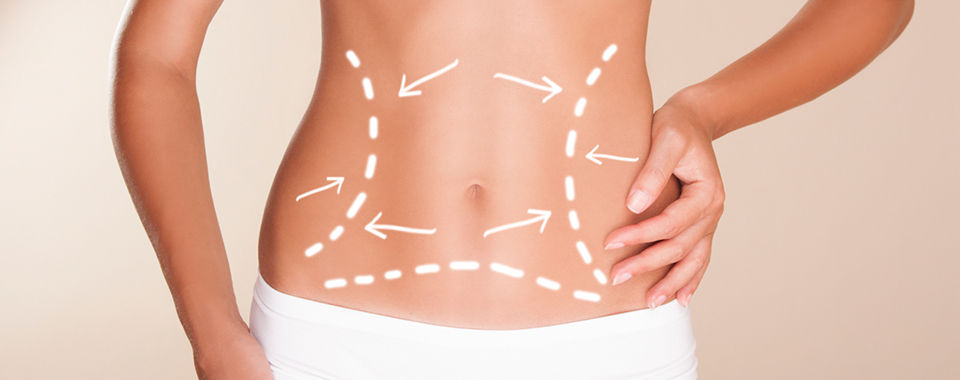
Formerly of liposuction, the dry technique was applied with general anesthesia. The procedure used was without liquids injected towards the tissue and introduced to twenty-45% bloodstream stream loss . Liposuction was restricted to 2,000-3,000 ml due to the bloodstream stream loss and patients were frequently given transfusions. The wet technique relies upon infusions of 100- 300 ml of standard saline into each site but has bloodstream stream inadequate 15-30% . With epinephrine make the fluid, the bloodstream stream loss is reduced to twenty-25%. The tumescent method has enhanced the issue of bloodstream stream loss reducing it one-7.8%. The word “superwet anesthesia” was utilized to explain exactly the same fluid injection like the tumescent technique . This method includes an infusion of saline with epinephrine along with an aspirate elimination of roughly 1:1. Local tumescent anesthesia generally includes a fluid infusion to aspirate ratio of two:1 or 3:1.
Tumescent Technique
Compared to local tumescent anesthesia, the tumescent technique knows diminish bloodstream stream loss and bruising, provide fluid alternative, and be a detailed anesthetic after surgery. The tumescent strategy is combined with deep sedation or general anesthesia. The answer utilized could be a variation on local tumescent anesthesia while using the primary elements may be the fluid, either normal saline or lactated Ringer’s solution (1,000 ml), and 1 mg epinephrine for vasoconstriction. There’s some use for the inclusion of lidocaine although from the levels needed for local tumescent anesthesia. The expected tumescent fluid to total aspirate ratio is generally 1:1. The author’s formula for the tumescent technique with general anesthesia, deep sedation includes: 1. Lactated Ringer’s solution: 1,000 ml 2. Epinephrine: 1 mg 3. Lidocaine: 250 mg People that are, 12.5 mEq, is added and lidocaine elevated to 350 mg if local tumescent anesthesia without or with conscious sedation is required. The entire aspiration, aside from rare cases, doesn’t exceed 3,500ml. Tumescent fluid, with 250 mg lidocaine in 1,000 ml, with around 3,500 ml given gives around 875 mg lidocaine, that’s well under 35 mg/ kg in several patients. This enables 3,500 ml total aspirate (1:1) too just like a 70-kg (150-lb) patient the lidocaine placed is 12.6 mg/kg.
Most sufferers within the author’s practice prefer to Not awake with the liposuction procedure. They’re frightened and anxious and have heard things from pals or on the internet regarding the “gross” techniques present in liposuction. Watching or hearing the sounds (machines and speaking) while using the liposuction procedure is abhorrent getting a patients. Just the idea of the smallest discomfort throughout the procedure is enough for several patients to prefer general anesthesia or deep sedation. There is payments of surgeons undertaking liposuction with local tumescent anesthesia in which the patient has hated discomfort along with the surgeon wouldn’t reinject tumescent fluid or steer clear of the painful area because the procedure “is almost done.” While using the tumescent technique coupled with low vacuum has introduced to minimal bloodstream stream loss, better patient satisfaction while using the benefits of liposuction, and fewer bruising. The concept should be to fill areas to obtain liposuctioned with lots of fluid to swell the tissue whilst not cause blanching. Injection of fluid starts with tunnels within the deep subcutaneous tissue and finishes in tunnels within the superficial body body body fat.